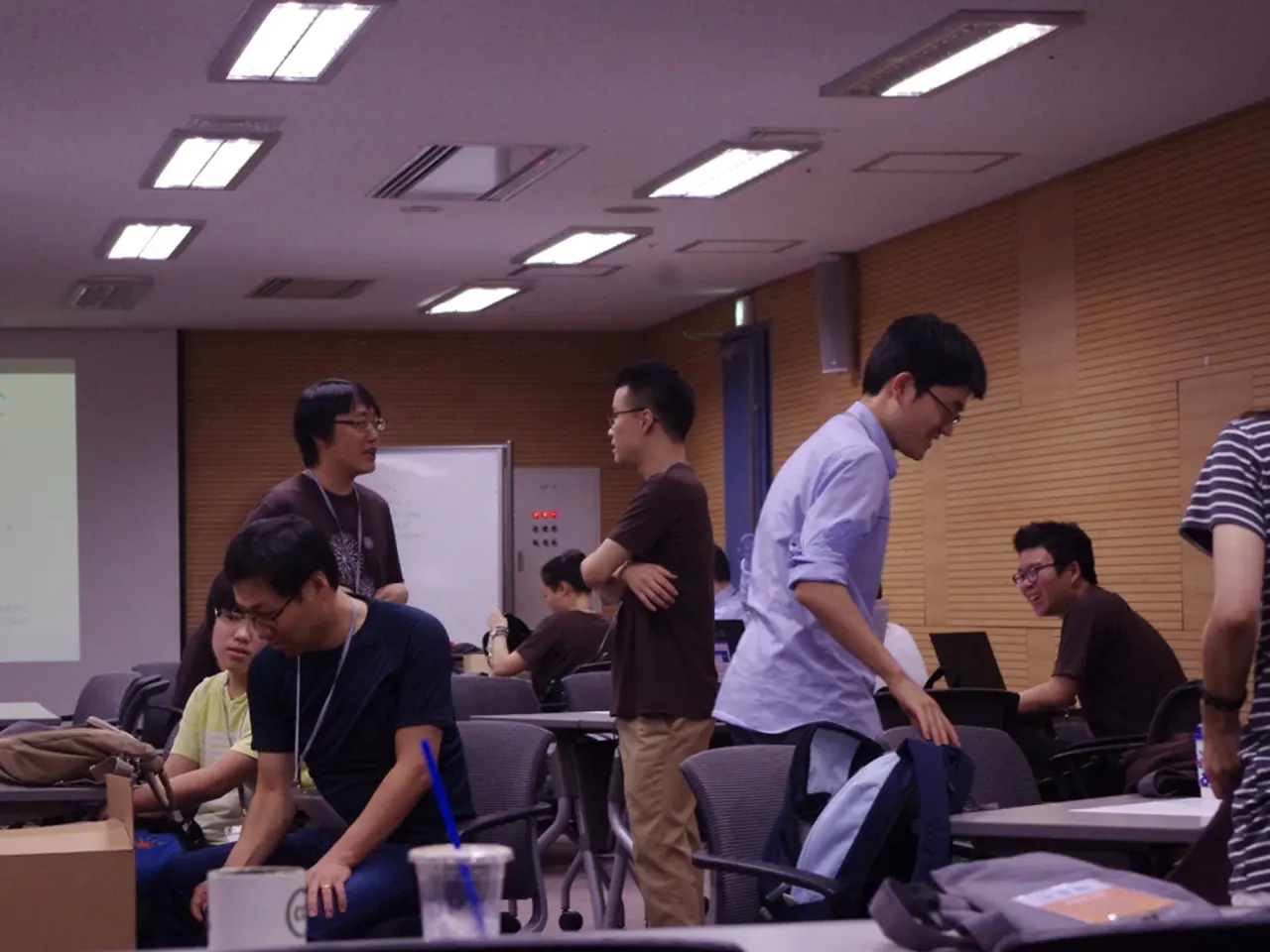Comprehensive Examination of Project-Based Education Approach
Project-Based Learning (PBL) is an innovative instructional approach that emphasizes active learning and real-world relevance, preparing students for success in an increasingly complex world. At the core of this method are several guiding principles, including student-centered learning, collaboration, and critical thinking.
By challenging students to analyze information, evaluate sources, and synthesize findings, PBL promotes critical thinking skills. It fosters stronger relationships between teachers and students, as educators act as facilitators in the learning process. Research indicates significant improvements in student test scores and classroom engagement with PBL.
However, implementing PBL comes with its own set of challenges. One of the primary obstacles is the increased demand on time and resources. PBL requires more preparation time, ongoing support, and flexible scheduling compared to traditional teaching methods because projects are often complex and need iterative problem-solving.
Maintaining academic rigor is another concern. Critics worry that PBL might sacrifice traditional academic standards for engagement. Well-designed projects need to ensure learning objectives and standards are met, which requires carefully structured curricula and assessments.
Assessing PBL projects fairly with consistent rubrics can be challenging due to the differences between traditional testing methods and the skills developed through inquiry. Grading collaboration, creativity, and process management can be subjective.
PBL must accommodate various learning styles and abilities. Some students may struggle with self-directed learning or working in groups where roles are unclear, which can lead to frustration or unequal participation.
Teacher preparation and training are also essential. Educators need detailed training to design real-world problems, guide open exploration, and support students effectively, which can be demanding.
Critical thinking obstacles may arise as students initially find it hard to think critically and generate creative ideas. Teachers need to provide scaffolding, questioning strategies, and encourage experimentation to overcome these challenges.
Resource and infrastructure dependency is another challenge. PBL often necessitates technology, materials, and sometimes external experts, which some schools or regions may lack.
Resistance to change is another hurdle. Both faculty and students accustomed to traditional instruction might be reluctant to adopt PBL, requiring cultural and institutional shifts.
Misalignment with standardized curricula and exams can cause potential conflicts in content coverage. Despite these challenges, the benefits of PBL make it a valuable method for cultivating engaged and independent learners.
PBL encourages students to think critically and adaptively in uncertain situations, preparing them for real-world challenges. The project-based learning process typically unfolds in several stages, including questioning, investigation, analysis, conclusion, and presentation.
Project-based learning also benefits educators by promoting active learning, critical thinking, and real-world relevance in the classroom. Teacher training is a primary challenge in implementing PBL, as educators may require professional development to effectively employ PBL strategies.
Curriculum constraints can limit teachers' ability to incorporate inquiry-based projects in standardized curricula. Despite these challenges, project-based learning offers numerous benefits for students, including enhanced engagement, skill development, and motivation. Project-Based Learning empowers students to take charge of their own learning through exploration and investigation.
In summary, the key challenges revolve around managing increased time/resources, ensuring rigorous and fair assessment, supporting diverse learners, training educators, and overcoming systemic and infrastructural barriers—each requiring thoughtful planning and support to implement PBL successfully. Despite these challenges, the benefits of PBL make it a promising approach for the future of education.
[1] Hmelo-Silver, C. E. (2004). Problem-based learning: A review of the research. Educational Psychologist, 39(1), 3-22. [2] Barron, B., & Kirshner, S. (2005). Why problem-based learning works: A cognitive perspective. Educational Psychologist, 40(1), 43-57. [3] Bell, J. E. (1999). Project-based learning: Understanding by design. Educational Leadership, 56(8), 6-12. [4] Duffy, T. M., & Jonassen, D. H. (1992). Constructivism and the technology of instruction. Educational Technology, 32(3), 29-38. [5] Cunningham, D. (2011). Project-based learning: Preparing students for the 21st century. Educational Leadership, 68(7), 48-53.
Project-Based Learning (PBL) requires more preparation time, ongoing support, and flexible scheduling compared to traditional teaching methods, owing to the complex nature of the projects and the need for iterative problem-solving. The design of meaningful and effective PBL projects must ensure learning objectives and standards are met, as traditional academic standards might otherwise be sacrificed for engagement.
Fair and consistent assessment of PBL projects can be challenging due to the differences between traditional testing methods and the skills developed through inquiry. Educators need detailed training to guide open exploration, support students, and design real-world problems, while teacher preparation is essential for effectively employing PBL strategies.




